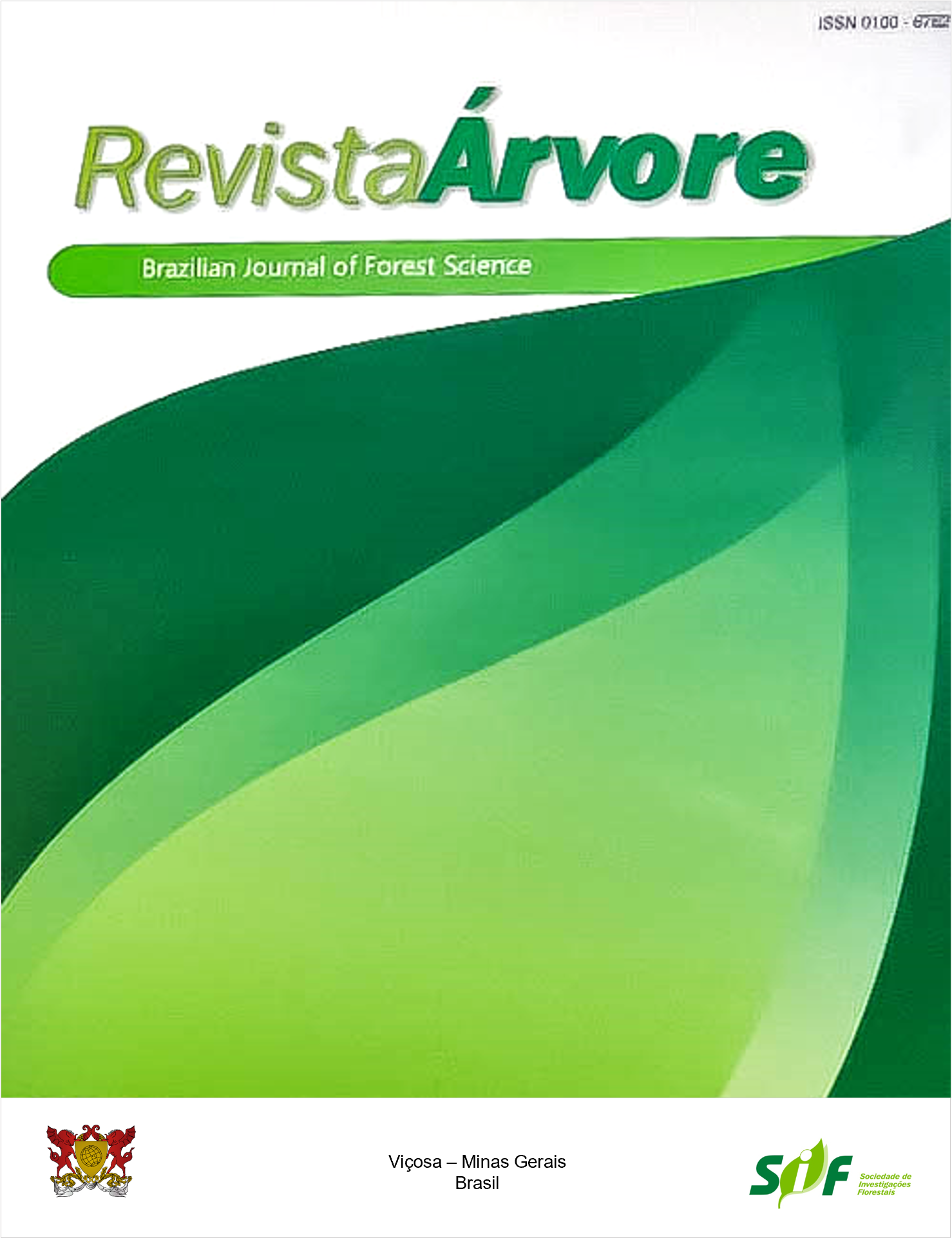FUNCTIONAL ATTRIBUTES AS ECOLOGICAL PREDICTORS DURING SECONDARY SUCCESSION IN A SEASONAL DECIDUOUS FOREST IN SOUTHERN BRAZIL
Keywords:
PCoA, CWM-RDA, Pearson’s correlationAbstract
Through the variation of the functional attributes, it is possible to verify the functioning of an ecosystem, both by the species organization as by their responses to the environmental variations. In this sense, the objective of this study was to analyze the ecological strategies of the main tree species by analyzing their functional attributes. PCoA was used to verify which species are acquisitive and conservative; clustering was used to verify the functional attributes by groups; the Pearson’s correlation between the functional attributes and a CWM-RDA analysis was used to verify the environmental variables. Most species were classified as light-demanding climax and having zoochoric dispersion. The species presented phenotypic plasticity as an important ecological strategy in the composition of their functional attributes, especially when related to leaf area and specific leaf area. Most of the species belonged to the acquisitive group. The acquisitive and conservative groups indicate the resilience potential of the tree community and the change processes in ecological succession. There was a strong negative correlation between the leaf attributes, and a positive one with diameter and height, both correlations related to plant growth and development. Of the environmental variables only pH, K, and average elevation, were related to the attributes, indicating that environmental conditions are important for the establishment of the sampled species. Also, it was found that the species composition is linked to several conditions of ecological strategies associated with changes in the environment.
Keywords: PCoA; CWM-RDA; Pearson’s correlation
Downloads
Published
How to Cite
Issue
Section
License
Copyright (c) 2021 Revista Árvore

This work is licensed under a Creative Commons Attribution 4.0 International License.
All authors agreed to submit the work to Revista Árvore and granted the exclusive license to publish the article. The authors affirm that it is an original work and has not been previously published elsewhere. The scientific content and opinions expressed in the article are the sole responsibility of the authors and reflect their opinions, not necessarily representing the opinions of the editorial board of Revista Árvore or of the Society of Forest Investigations (SIF).




